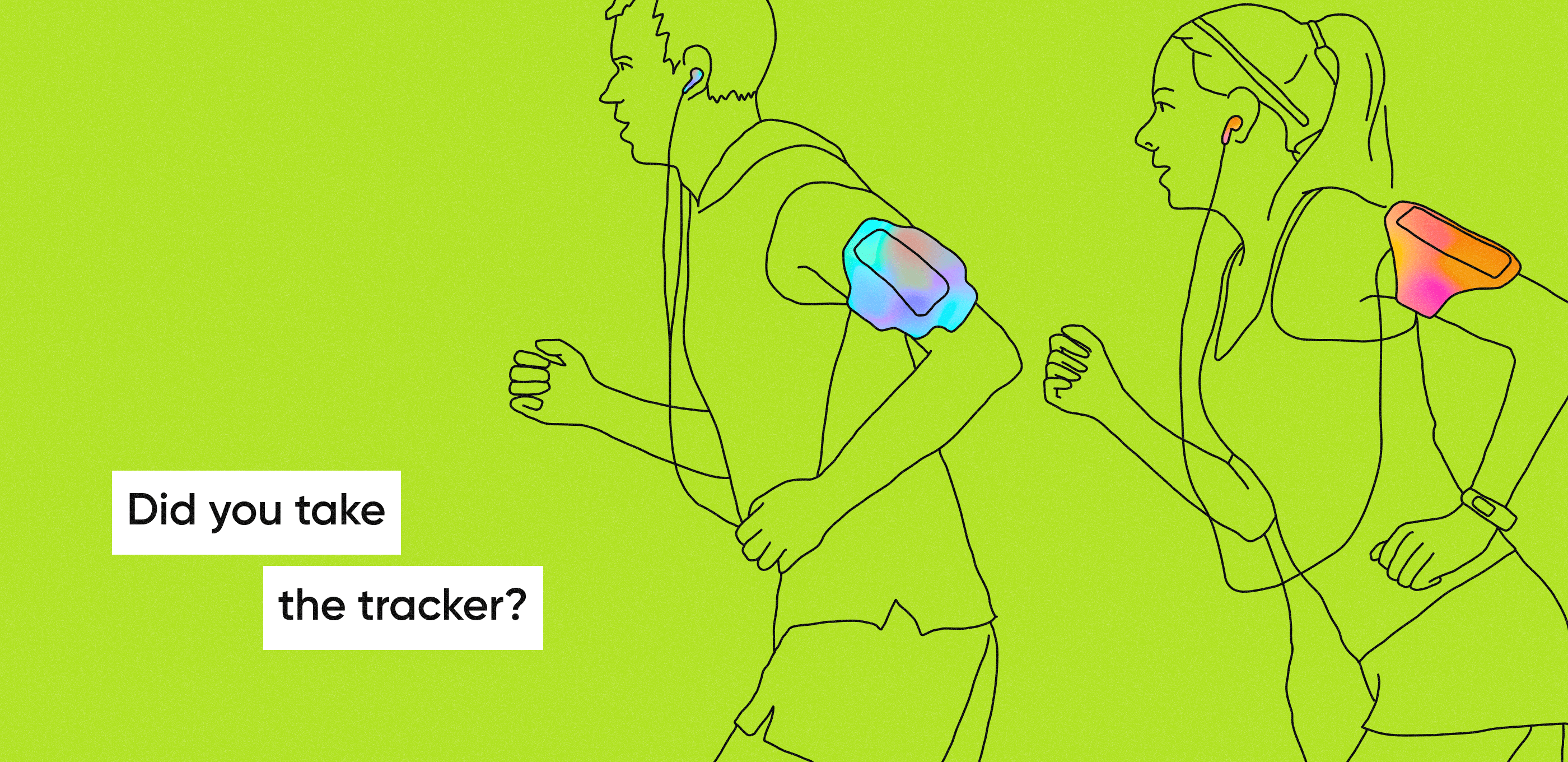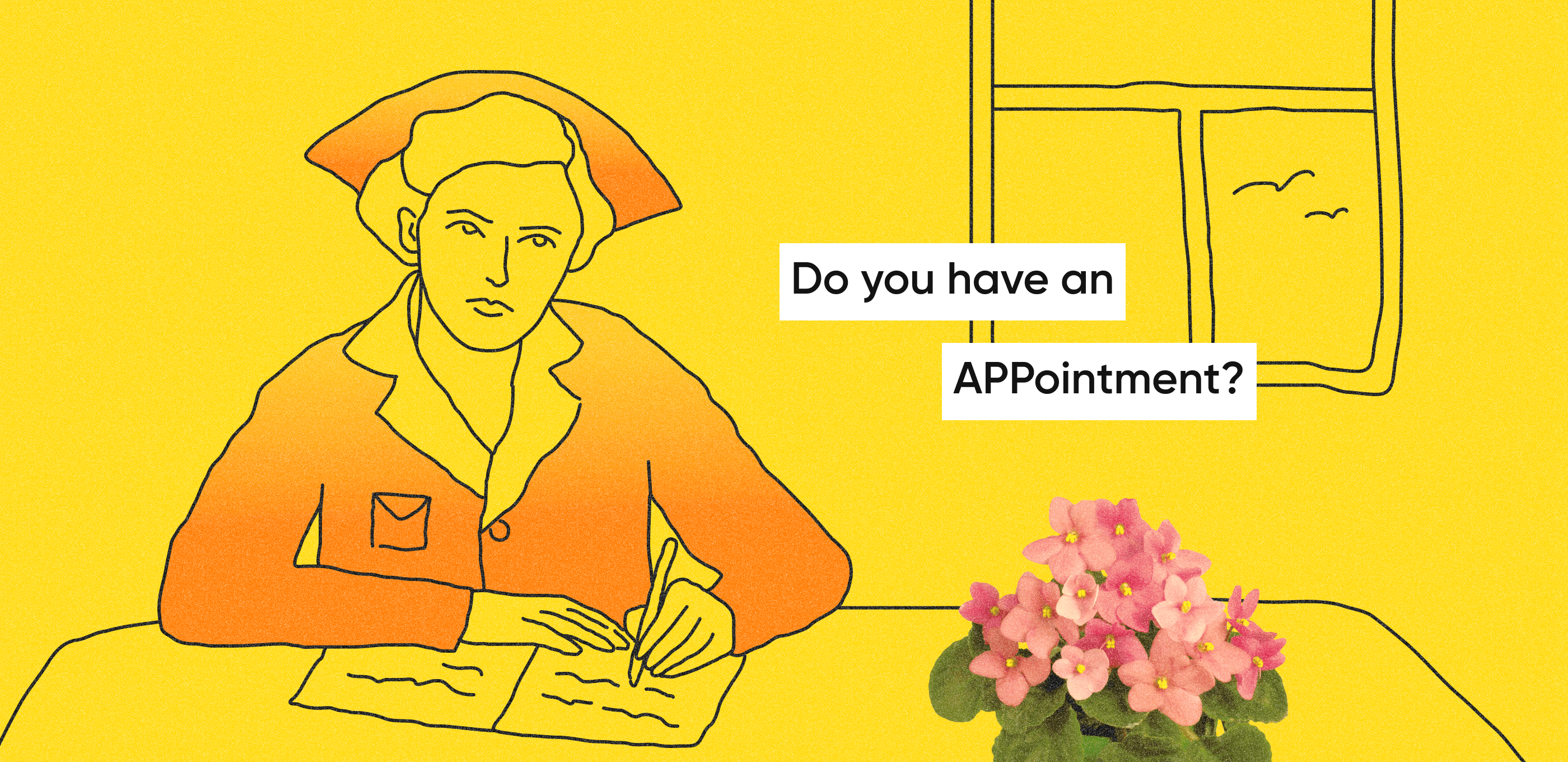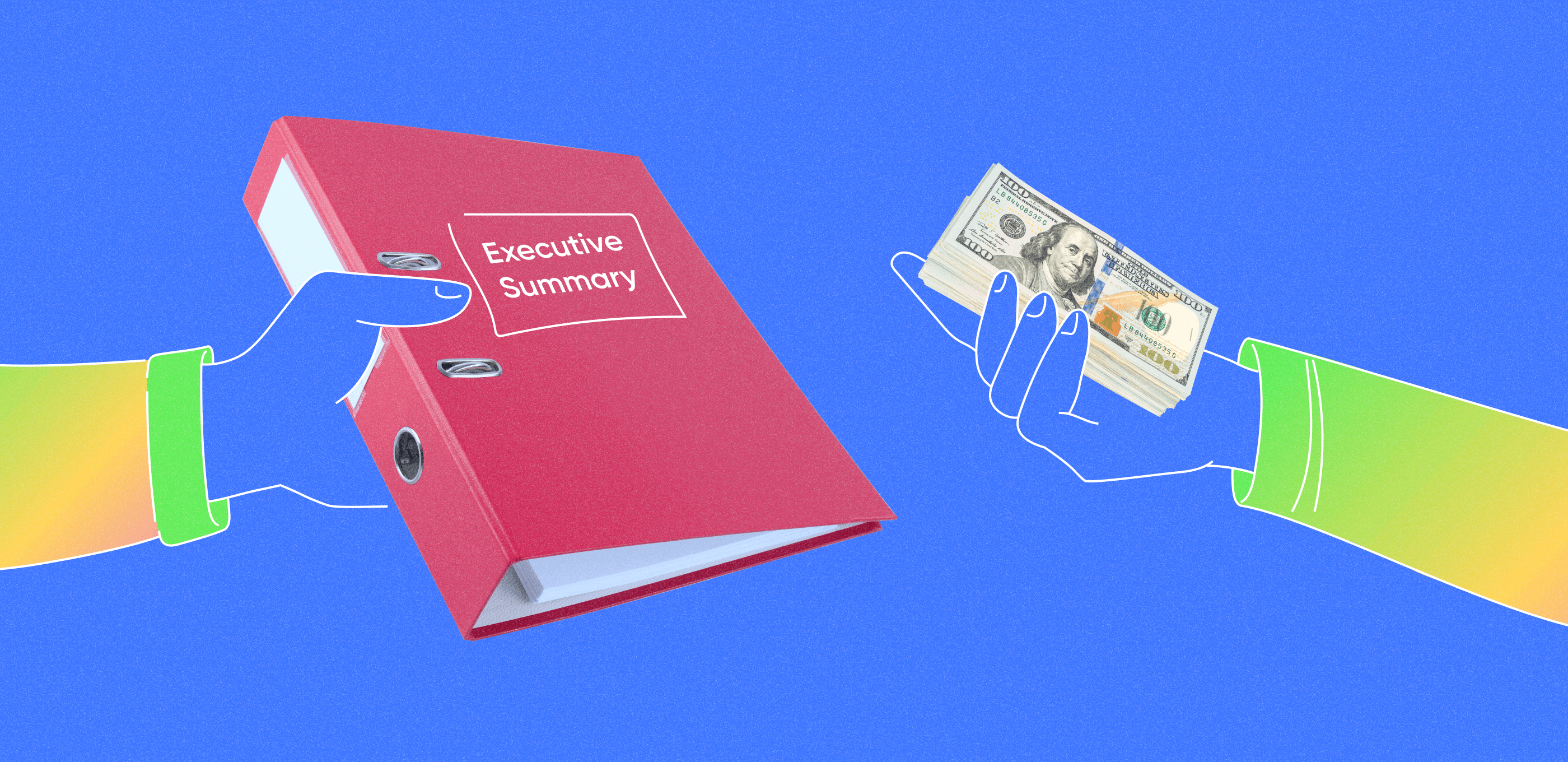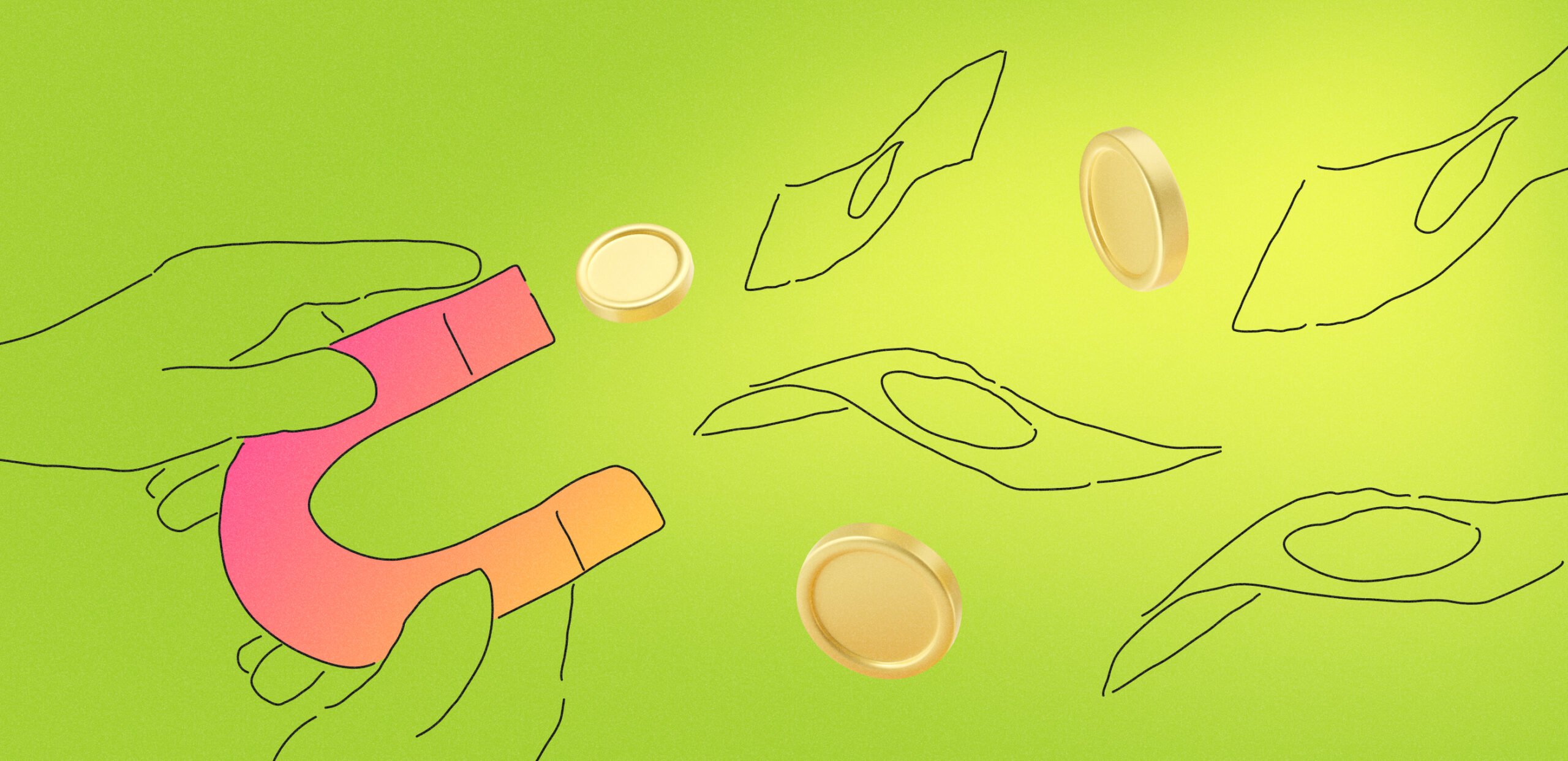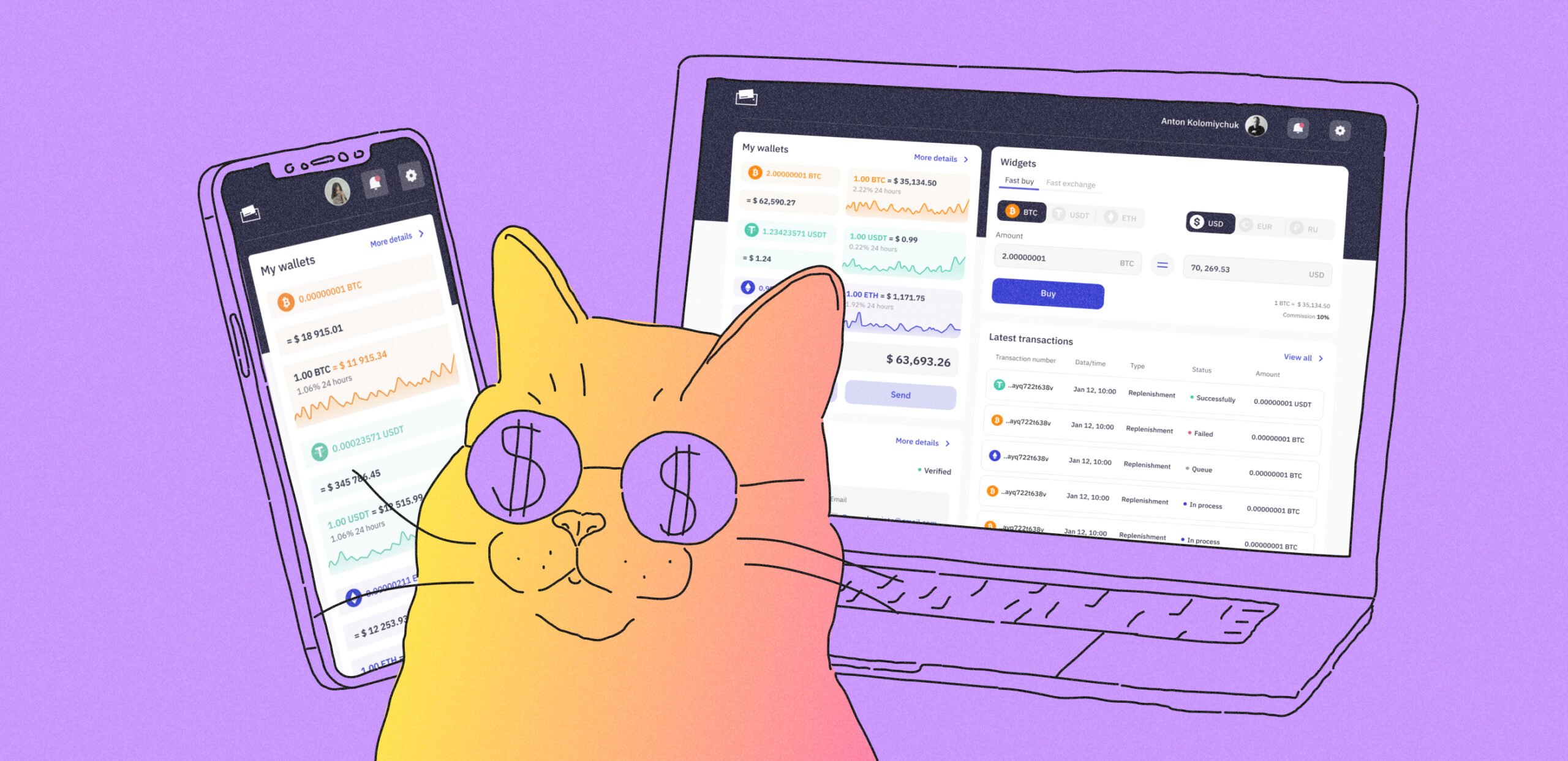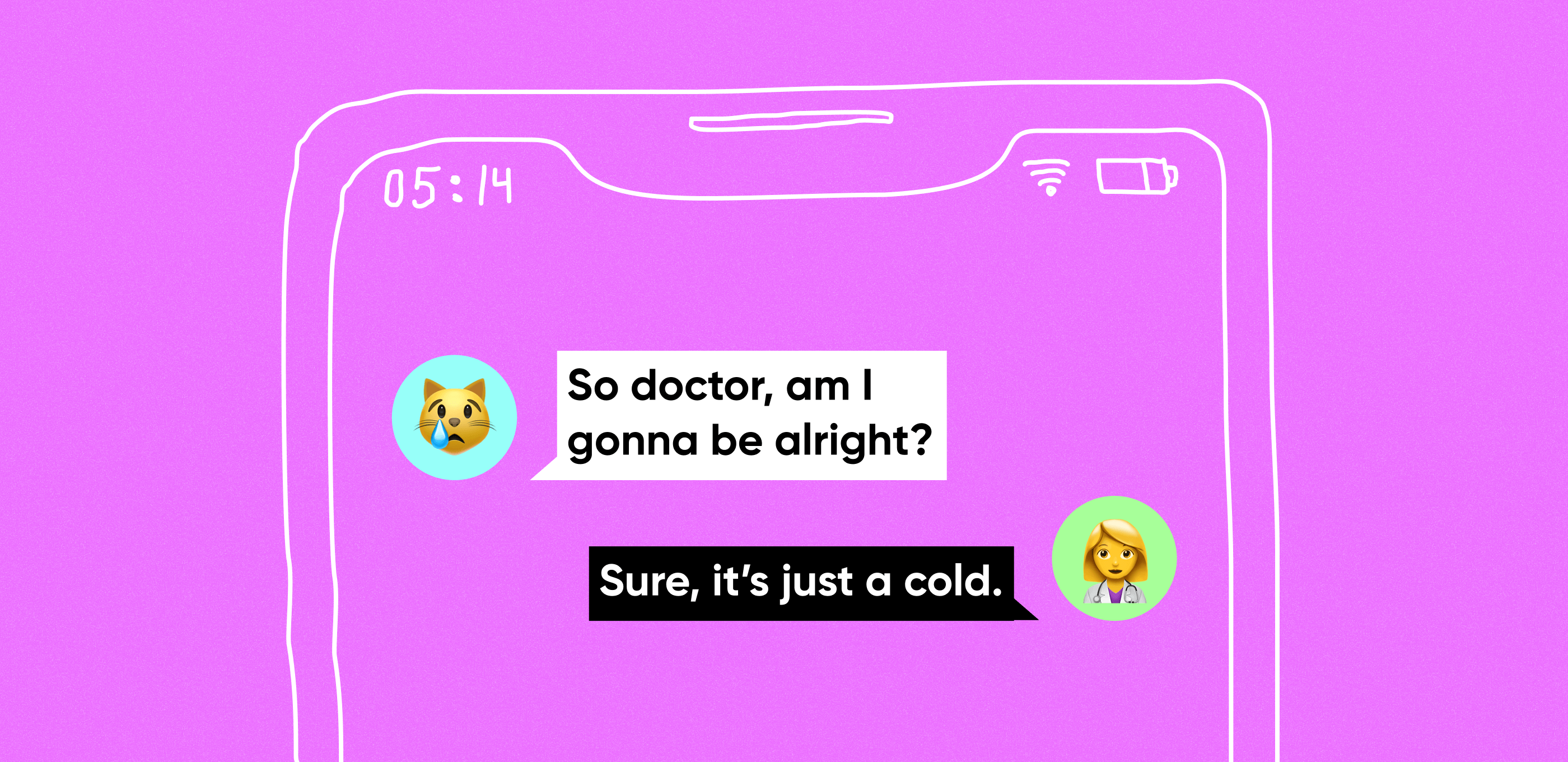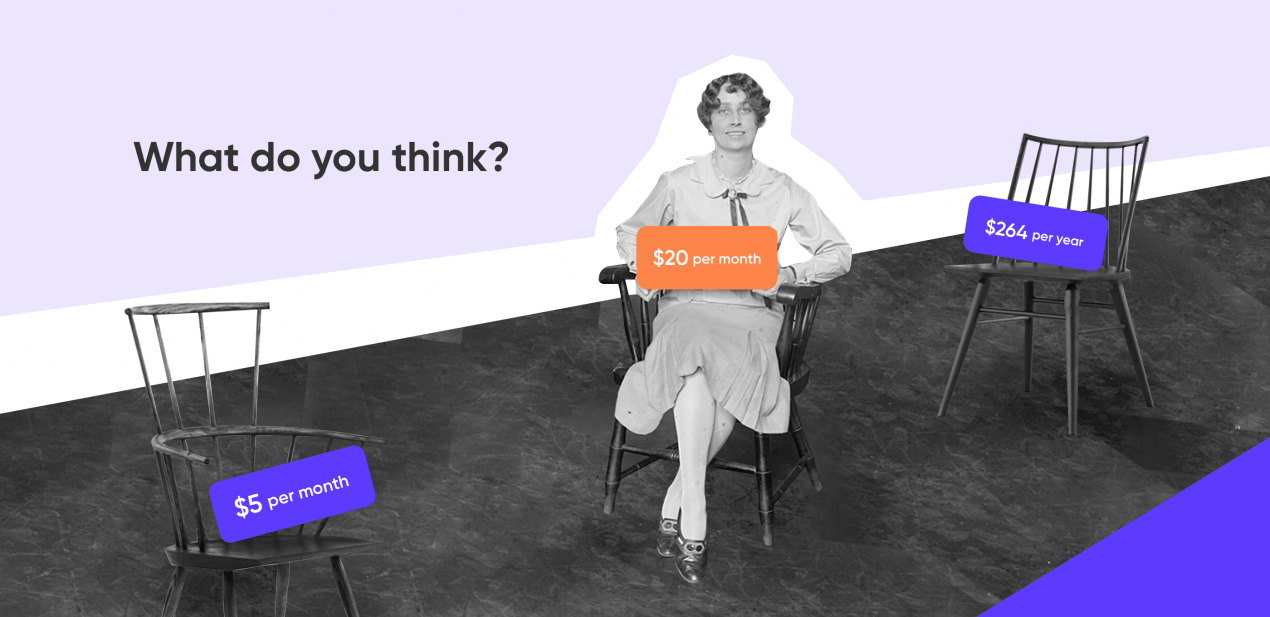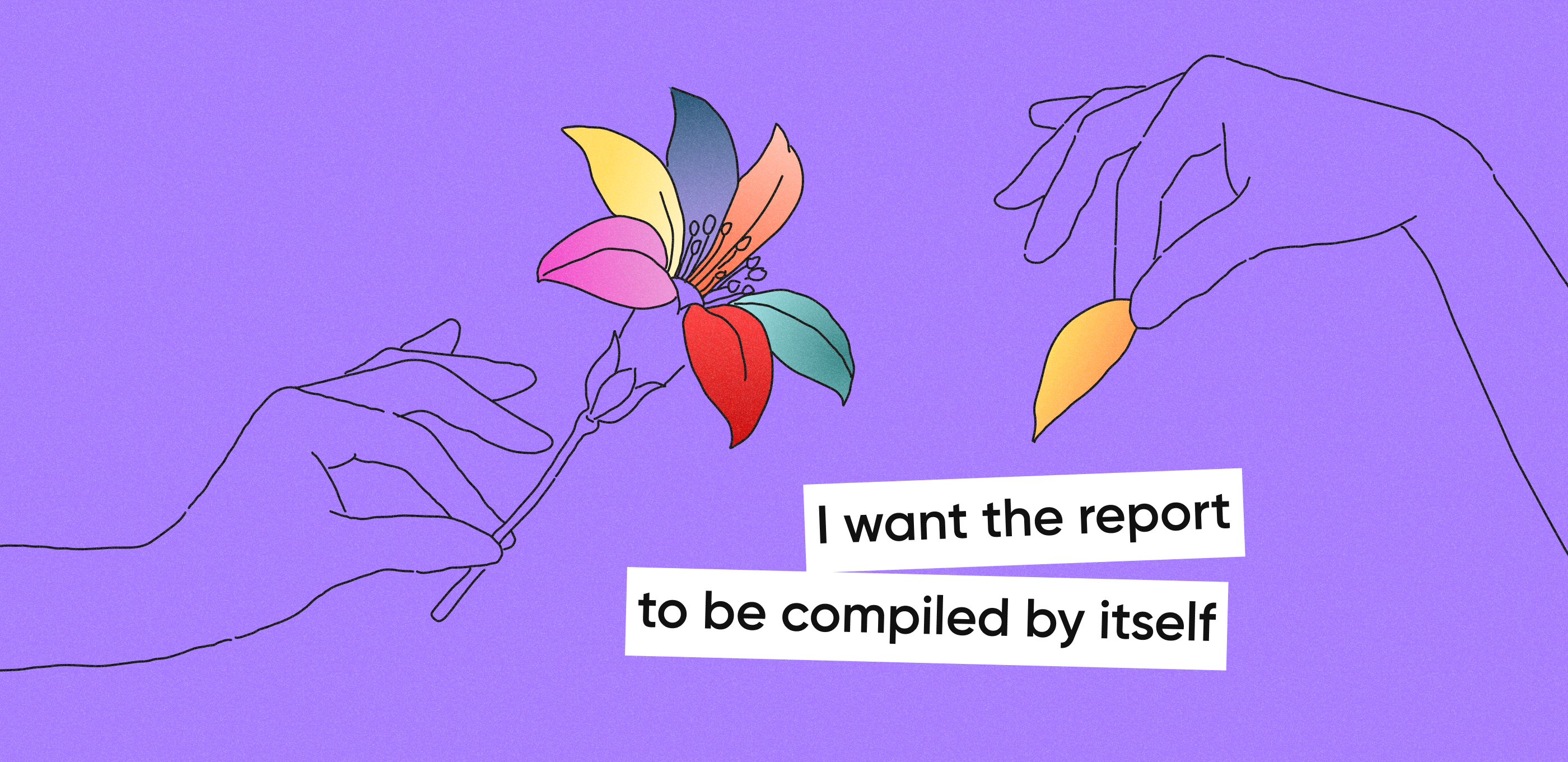What is a healthcare app?
Healthcare apps are platforms, mainly mobile applications, that help users monitor health indicators, such as physical activity, symptoms of illness, medication intake, and mental health. For example, the app can track how many hours you sleep, how many steps you take, what your blood pressure is, and so on. Some apps allow you to communicate with doctors, get urgent medical care, view summaries of examinations, and receive prescriptions.
Let’s take the MyTherapy application as an example. It can store and analyze data about your body. It will remind you to take medications, measure blood pressure and blood sugar, and make a health report for your doctor.
There are some other successful examples of different app types, including:
Generis is an app that provides individual recommendations on fitness, nutrition, and supplements based on the user’s DNA. Generis found a way to give the best personalized advice. The interface is easy to use and aesthetically beautiful, so the app is getting a lot of positive feedback.
Teladoc is an app that connects patients to leading doctors 24/7. If necessary, medical specialists can quickly prescribe medicine, and contact a pharmacy convenient for you. Users rate the app at 4.8 and note the ease of communication with doctors.
Welltory is a wellness app that stores all the fitness data you may need. It offers deep heart monitoring, blood pressure tracking, and sleep tracking, and publishes personalized summaries of daily activity. Users love the app’s look and feel, as well as its useful features.
As you may have noticed, all the applications are united by high-quality design, simplicity, and convenience, and also have a set of useful functions without overloading.
A boom in the health app market
Health apps are not unusual or new, but despite them being well-known, the healthcare market size is still growing. Among the main healthcare technology trends is that apps become more user-friendly and popular, even mainstream. Let’s see how the market has grown in recent years.
In 2010, a healthcare finance journal reported that the mobile health app market earned $230 million and in five years, it was expected to grow more and reach $392 million. Consumer awareness was evaluated as mixed, with typical privacy and security concerns.
In 2024, the mHealth app market size will continue to rise due to people’s growing awareness of the need to maintain physical health and improve their lifestyle. Fact.MR believes that the revenue of health applications will grow 3.8 times between 2022 and 2032 with a CAGR of 12.3% and will reach almost $155.9 billion. Grand View Research states that the mHealth app development market reached $32.42 billion in 2023.
The market is clearly gaining value, so launching your own minimum viable product for healthcare today is a reasonable decision. The main factor driving the development of the market was the growing adoption of fitness and medical applications for collecting and tracking health-related data.
What a good healthcare app looks like
When you create a product for a healthcare startup, you should always think about user experience. We gathered several important criteria users pay attention to.
Easy to use
Your healthcare product should be intuitive and functional. A user-friendly UI is a guarantee that users easily achieve their goals using your app. To boost usability when creating an MVP, make sure that all buttons are clear, there is a logical and well-developed user flow, and a smooth and simple sign-in process.
Do not make your healthcare MVP too complicated. Say, if originally you started developing a yoga application, it’s not necessary to create an app with an AI chatbot and plenty of articles about each and every medicine.
Accessible data
Ensure that your app provides users with clear information and actionable steps. Everyone should understand how to find the tab they need. Create clear dashboards with needed indicators and make access to information about examinations and analyses simple. It’s a good idea to offer new clients a brief onboarding.
Simple communication process
Not all apps include communication, but if you want to, you should make it convenient. According to AJMC research, nearly 75% of doctors in the US believe that urgent care visits could be handled online via phone or video. The experts also calculated that the time for one in-person visit on average was 121 minutes, which can be lowered if patients choose online.
Available community
Some apps are designed to be individual. However, apps for fitness, meditation, and healthcare can provide an opportunity to join a community. As the Journal of Medical Internet Research specialists said, social features in healthcare apps have enhanced the ability of users to adhere to treatment plans and healthier habits.
Benefits of developing an MVP for healthcare
For those who want to create an application in healthcare, there are several benefits, financial and ideological.
Engaging people to take care of their health. An app is a great engagement tool, that’s why you can involve people in committing to their healthy lifestyle by creating a healthcare MVP. Additionally, it increases healthcare accessibility, making communication with medical staff simple. By launching your MVP in healthcare, you will make a significant contribution to the development of an important sector for the welfare of society. Your product is not just a game but a tool that will make people’s lives better, safer, and more comfortable.
Raising money. If you own an app, there are several possible ways to make money off of it. You can add advertising to the app, offer users a paid subscription with advanced features, promote the services of doctors and nutritionists, and use affiliate marketing. There are tangible advantages if the monetization scheme includes working with pharmaceutical manufacturers, private medical institutions, and laboratories.
MVP development for healthcare pays off. If your app enhances the customer experience, it will be popular among users all over the world. The larger the audience you get, the more money you can make.
Challenges in creating an MVP for a healthcare startup
Each healthcare project is unique, so the difficulties that your business faces may differ from general trends, but there are common patterns. Some challenges that appear in the healthcare MVP development process include:
- The competitive market of the healthcare industry. The healthcare application market is tight, and it already has its leaders. For a startup, it doesn’t make sense to compete with the big companies — usually, at the start, you won’t have such large budgets as they do. Therefore, it is better to enter unoccupied niches, attract the first users, and then scale to new markets.
- Problems with prioritization of functions. In an attempt to stand out from the competition, you can overload your application. Too many functions and an incomprehensible interface are likely to alienate your user. Choose the type of application, for example, create a fitness tracker, focus on its main function, and do not add too many features.
- Data security & a chance of attacks. User privacy is vital even when developing a yoga application, and in apps for tracking symptoms of severe diseases or communicating with doctors, this is the main focus. You need to ensure that all user data will be encrypted and secured. This way, you will gain more customer trust and loyalty.
- Health risks for some users. This is a risk that you can hardly avoid. Each patient is unique, and their body may react differently to training, a change of diet, or medication. Try to avoid direct guides to action. Make a disclaimer that these are recommendations and that users should individually monitor their health.
- The need for compliance with the rules. The medical sector is strictly regulated by law, as there is a need to secure personal data and health records. There are several compliance requirements like HIPAA, DPA, and GDPR that you must meet. Read more about it below or check out our guide to HIPAA compliant app development.
MVP compliance requirements in medical startups
Every MVP for healthcare startups must meet industry requirements in the region where they operate. In healthcare, you have to deal with a lot of sensitive data, so you should be extremely careful when it comes to complying with data security regulations. If you develop an MVP that violates the rules, you may be fined.
The regulations you may encounter are:
Health Insurance Portability and Accountability Act (HIPAA) — A federal law in the US that protects the privacy of patients and their medical records. In simple words, HIPAA requires healthcare providers to take measures to protect medical information from disclosure or access outside the organization. To comply with HIPAA requirements, use electronic data encryption and make sure that no third parties have access to patient information. You can read more about how to develop a HIPAA-compliant app in our blog.
General Data Protection Regulation (GDPR) — the EU regulation that contains rules on the protection of individuals concerning personal data processing. The GDPR applies to all personal data, while the HIPAA law regulates and protects only the medical information of patients.
Data Protection Act (DPA) — The UK regulation that protects the personal data of British patients and companies.
When it comes to healthcare MVP development, there are also several ISO and IEC standards that need to be taken into account to ensure the high quality of the software and data safety.
How to develop a healthcare MVP in 5 steps
At Purrweb, we can create a successful and unique minimum viable product for you. We have already rolled out 300 MVPs for startups. You can check out our portfolio and learn how we help healthcare companies.
Here are the steps included in the minimum viable product development for healthcare when you work with us.
Step 1: Planning your project. To begin with, you as a business owner need to choose a segment you want to work in. This could be an app for sports, nutrition, sleep control, tracking health indicators, or communication with doctors. Analyze the market before starting a project and define your idea, the general concept, and the target audience. Then, bring your idea to us, and our specialists will do the rest.
If you have any questions at this stage, contact the experts, but still, product owning will be yours.
Step 2: Creating a design. When developing an app, we take care of the user experience. Find some references that the development team will use to create the interface. Analyze your competitors and read user reviews. Then, we will design your app with a team of UI/UX designers.
Step 3: Developing an app. The most important thing is development, namely coding. Our team works on Java Script. We use React JS, Node.js, and Electron, and for mobile applications – React Native. We take into account the subtleties of the industry, as it’s strictly regulated.
Step 4: Testing your app. We recommend thinking about it at the earliest stages of development and testing your app in parallel. At Purrweb, we do it, paying much attention to the security of user data.
Step 5: Release. Essentially, launching your finished application and getting feedback from the first users. Ideas and suggestions from the comments of users can be used to improve the app.
If you want to learn even more about app development, you can check out our complete guide.
Healthcare MVP development costs
Healthcare MVP development costs depend on the complexity of the app. So, how much does an MVP cost? Healthcare MVP development prices depend on the complexity of the app. There are three possible options for our clients: a simple app, an average-complexity app, and a complex app. The final costs vary depending on the type.
- A simple app has basic features and a standard template-based user interface. As an example, you can take applications such as brochures, maps, or GPS trackers. Building a simple app from scratch will cost you $25,000.
- An average-complexity app is more elaborate both in functionality and design. You can find a lot of these in the App Store and Google Play. Fitness apps usually fall under this category. The overall development costs of an average-complexity app will be $45,000.
- A complex app is fully customized, packed with complicated features and advanced UI. Some complex applications require the use of new technology developed from scratch specifically for your needs. It’s almost impossible to find an average cost for this app type, as in this case, spending starts from about $60,000 and has no limit.
Healthcare MVP with Purrweb: our cases
Our specialists have experience in designing and developing health apps. Let’s see some examples.
Purrweb designed a drug delivery application that helps to find medicine available in pharmacies nearby. The common features of this app type include a smart search function, interactive map, guest and customer checkout, user profile, and order history.
An app for communicating with a doctor
Lytic Health apps are web and mobile apps for patients and doctors that help determine preliminary diagnoses automatically and schedule appointments. The main functions that we designed were: search, chatbot, appointment scheduling, dashboard, patient lists, and user profile.
A fitness tracker
You can create a modern fitness tracker or a health indicators tracker that will include features of your choice, such as a user account, goal setting, a tab with key metrics overview (number of steps/distance, burned calories, heart rate), push notifications, social media sharing option. Look at our Fitness app for online workouts with the basic fitness tracker features and read the article to learn how we developed it.
For more detailed information and an individual offer, get in touch with us using the contact form below.

